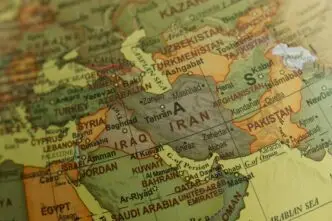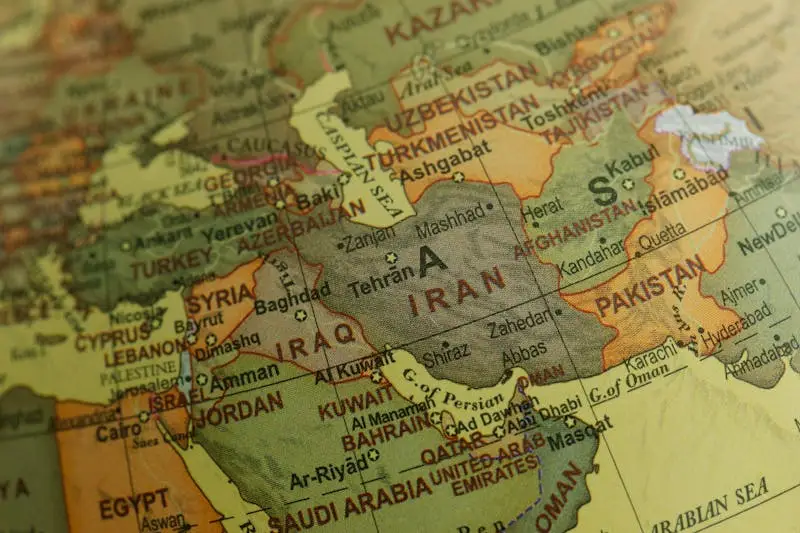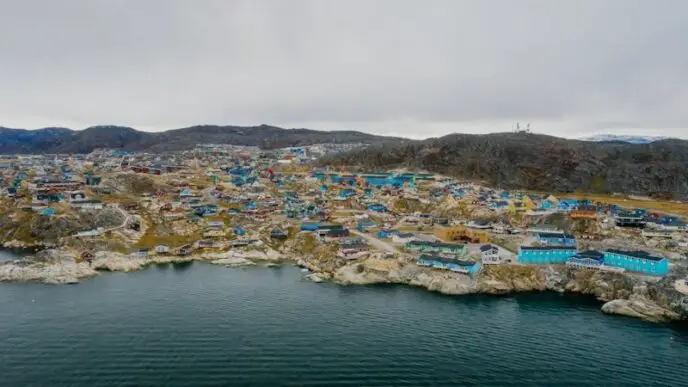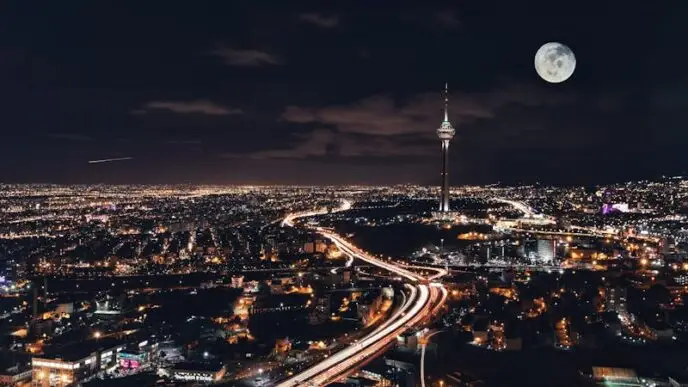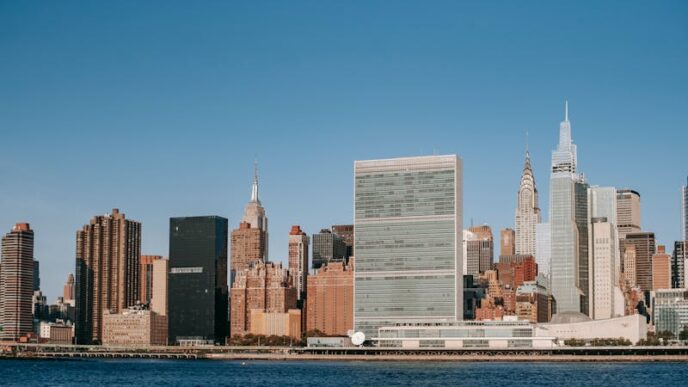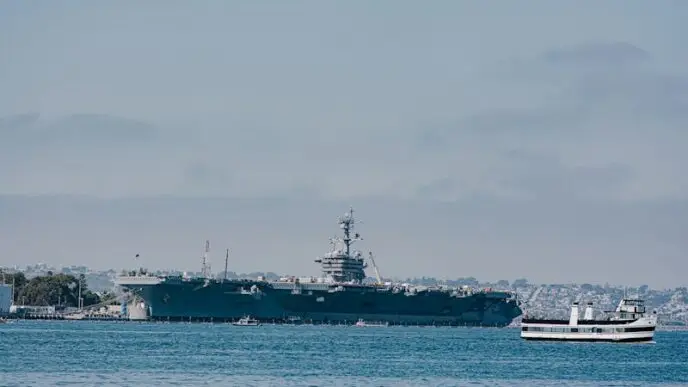Israel Targets Tehran’s Regime Infrastructure, Leaving Civilians in Fear and Confusion
The bustling city of Tehran, home to over 8 million Iranians, is currently grappling with fear and uncertainty as ongoing Israeli strikes target the city’s regime infrastructure. The strikes, part of a broader conflict between Iran and Israel, have left civilians in a state of confusion, conflict, and fear. As Israel continues its aggressive campaign, the U.S. finds itself at a diplomatic crossroads, debating between intervention and diplomacy.
While the Israeli government maintains that the strikes are aimed at crippling the Iranian regime’s military capabilities, the reality on the ground paints a picture of civilians caught in the crossfire. “We are living in constant fear. The sound of sirens and explosions has become our daily reality,” said Fatemeh, a 38-year-old mother of two, echoing the sentiments of many Tehran residents.
The Human Cost of the Conflict
Reports from Tehran detail a city engulfed in fear and uncertainty. People are struggling to maintain a semblance of normalcy amidst the chaos. Schools are intermittently closed, businesses are struggling, and medical services are stretched thin as they tend to the injured. “Our lives have been turned upside down. We don’t know when the next attack will happen. We are living on the edge,” said Reza, a local shop owner.
In addition to the physical damage, the psychological impact of the strikes is significant. Sleepless nights filled with terror, stress, and anxiety have become common among Tehran’s residents. Children are particularly vulnerable, with many showing signs of psychological distress. The uncertainty and unpredictability of the situation have amplified the fear and anxiety among the civilian population.
The U.S. Debates Diplomacy and Intervention
As the conflict rages on, global attention has turned to the role of the U.S. in the crisis. Historically an ally of Israel, but also a signatory to the 2015 Iran nuclear deal, the U.S. finds itself in a complex diplomatic situation. While some voices within the U.S. government argue for intervention to protect its ally, others call for diplomatic talks to deescalate the situation.
The U.S.’s decision could have significant implications for the conflict. An intervention could potentially escalate the situation further, while diplomacy could lead to a ceasefire and eventual peace talks. However, the U.S.’s strained relations with Iran, largely due to its withdrawal from the nuclear deal in 2018, add another layer of complexity to the situation.
International Calls for Peace
Meanwhile, international calls for peace are growing louder. The United Nations has expressed deep concern over the escalating conflict and the humanitarian crisis it has created. The UN has urged all parties to show restraint and to prioritize human lives over political and military objectives.
Humanitarian organizations, including the Red Cross and Doctors Without Borders, have called for an immediate ceasefire to allow for the delivery of essential medical aid and supplies to the affected areas. Yet, as the situation continues to escalate, the future remains uncertain for the civilians caught in the crossfire.
The ongoing strikes on Tehran have exposed the city’s civilians to unprecedented levels of fear and uncertainty. As global powers grapple with the complex dynamics of the situation, the hope for a swift resolution appears to be dwindling. The ordinary people of Tehran, meanwhile, continue to bear the brunt of a conflict they neither chose nor have the power to end.

